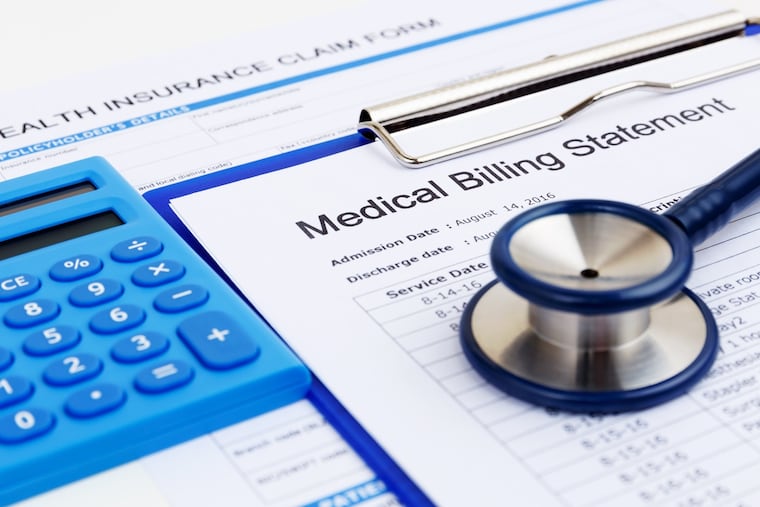Health-care costs are straining us financially and emotionally, study finds
"Financial toxicity" isn't found only among cancer patients or those battling other critical illnesses. Half of Americans experience some form of medical financial hardship, according to a new study by the American Cancer Society.

Half of Americans have had trouble paying for health care, have worried about how they would afford care for a serious illness, or have delayed care because of cost, according to new research by the American Cancer Society.
The financial toxicity of serious illnesses that are expensive to treat, such as cancer, is well documented. But the financial, emotional, and physical toll of medical expenses goes far beyond critical illness, to about 137 million Americans, as out-of-pocket costs continue to rise, according to the study, published online in the Journal of General Internal Medicine.
Using data from the 2015-17 National Health Interview Survey, researchers analyzed three ways health-care costs strain patients:
Material hardship, or difficulty paying medical bills.
Psychological hardship, which the study defined as worry about the cost of a serious illness or routine care.
Behavioral hardship, when concern over cost led people to delay or skip needed care.
Researchers found that about 56 percent of adults reported some form of medical financial hardship, with adults under age 64 experiencing the greatest difficulty.
That may seem counterintuitive. Typically, the older you get, the more medical care you need. But young adults are more likely to have health plans with high out-of-pocket costs and have had less time to build savings to cover unexpected bills.
One study found that the prevalence and amount of medical debt peaked at age 27.
It doesn’t take much for people to feel pinched by medical costs, especially as patients pay a greater share of insurance and care costs on their own.
Ambulance rides, emergency room visits, even colonoscopies can be surprising sources of medical bills, if patients were expecting their plan to pay in full.
Expecting a baby? Even with plans covering maternity and childbirth, women have found themselves shelling out thousands of dollars for tests and scans that weren’t covered. Miscarriages can cost just as much.
The study’s authors concluded that the health-care industry must find ways to control patients’ exposure to costs by giving them access to quality and cost-effective options.
“With increasing prevalence of multiple chronic conditions; higher patient cost-sharing; and higher costs of health care; the risk of hardship will likely increase in the future,” they wrote.